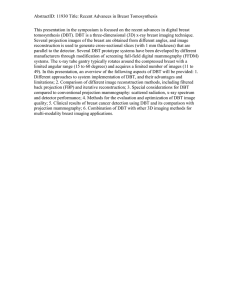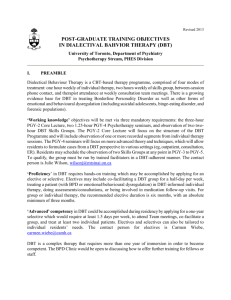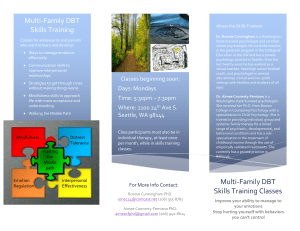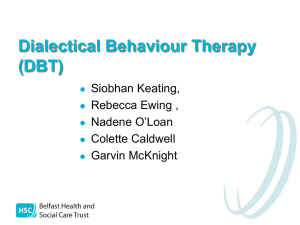AbstractID: 2558 Title: Invited Submission - Title to be entered... Digital breast tomosynthesis (DBT) has been investigated to solve the...
advertisement
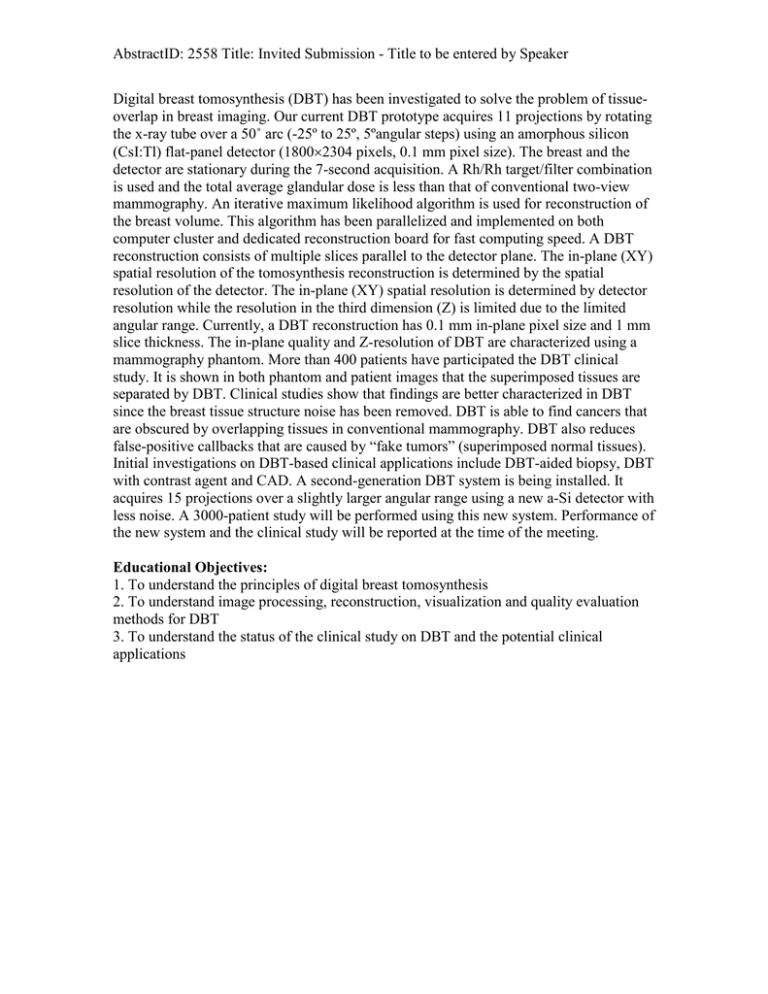
AbstractID: 2558 Title: Invited Submission - Title to be entered by Speaker Digital breast tomosynthesis (DBT) has been investigated to solve the problem of tissueoverlap in breast imaging. Our current DBT prototype acquires 11 projections by rotating the x-ray tube over a 50˚ arc (-25º to 25º, 5ºangular steps) using an amorphous silicon (CsI:Tl) flat-panel detector (1800×2304 pixels, 0.1 mm pixel size). The breast and the detector are stationary during the 7-second acquisition. A Rh/Rh target/filter combination is used and the total average glandular dose is less than that of conventional two-view mammography. An iterative maximum likelihood algorithm is used for reconstruction of the breast volume. This algorithm has been parallelized and implemented on both computer cluster and dedicated reconstruction board for fast computing speed. A DBT reconstruction consists of multiple slices parallel to the detector plane. The in-plane (XY) spatial resolution of the tomosynthesis reconstruction is determined by the spatial resolution of the detector. The in-plane (XY) spatial resolution is determined by detector resolution while the resolution in the third dimension (Z) is limited due to the limited angular range. Currently, a DBT reconstruction has 0.1 mm in-plane pixel size and 1 mm slice thickness. The in-plane quality and Z-resolution of DBT are characterized using a mammography phantom. More than 400 patients have participated the DBT clinical study. It is shown in both phantom and patient images that the superimposed tissues are separated by DBT. Clinical studies show that findings are better characterized in DBT since the breast tissue structure noise has been removed. DBT is able to find cancers that are obscured by overlapping tissues in conventional mammography. DBT also reduces false-positive callbacks that are caused by “fake tumors” (superimposed normal tissues). Initial investigations on DBT-based clinical applications include DBT-aided biopsy, DBT with contrast agent and CAD. A second-generation DBT system is being installed. It acquires 15 projections over a slightly larger angular range using a new a-Si detector with less noise. A 3000-patient study will be performed using this new system. Performance of the new system and the clinical study will be reported at the time of the meeting. Educational Objectives: 1. To understand the principles of digital breast tomosynthesis 2. To understand image processing, reconstruction, visualization and quality evaluation methods for DBT 3. To understand the status of the clinical study on DBT and the potential clinical applications
